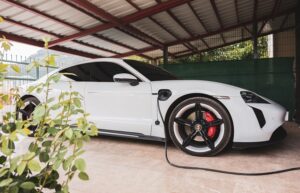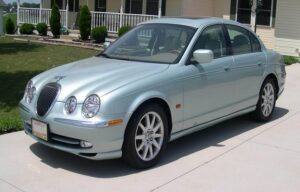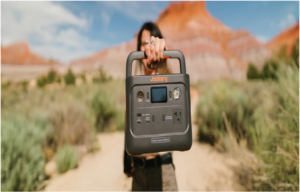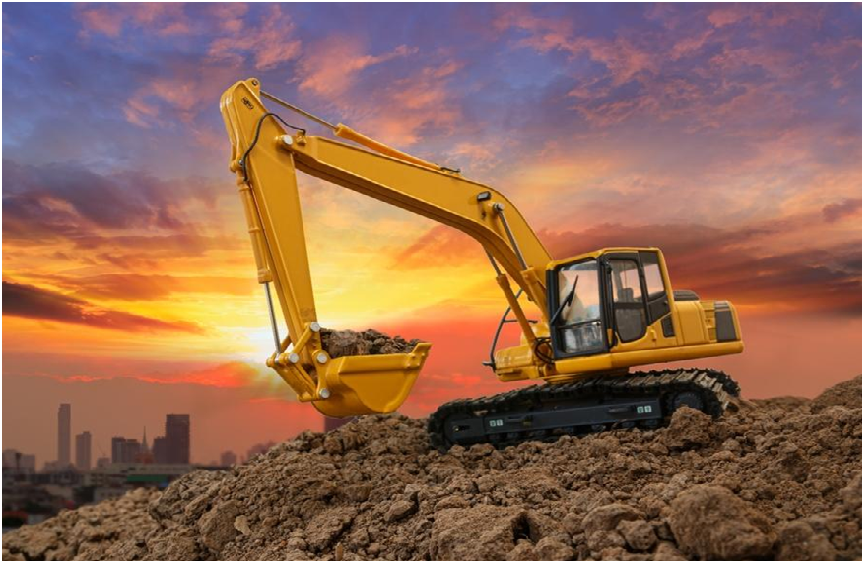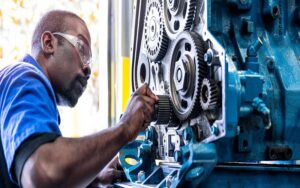How A Rebuilt Range Rover Mk III Engine Improved My 4×4 Performance Off-Road

How My Rebuilt Range Rover Mk III Engine Handled the Welsh Trails Like A Pro
The Welsh trails are no joke—muddy ruts, steep inclines, and unpredictable gravel tested my old stock engine to its limits, leaving me with sluggish torque, frequent overheating, and power drops that made off-roading a chore. After a breakdown left me stranded mid-trail, I consulted a Land Rover specialist who recommended a rebuilt Range Rover engines. The difference was night and day. The rebuilt 4.4-litre V8 delivered seamless torque for climbing rocky hills, stayed cool during long muddy stretches, and powered through a week-long off-road event in Brecon Beacons without a single issue. Even when towing a trailer with camping gear, the engine maintained steady performance, proving its reliability in tough conditions.
A rebuilt Range Rover Mk III engine is carefully dismantled, with every component—pistons, crankshafts, bearings, and gaskets—inspected and either refurbished or replaced to meet OEM standards. My engine was rebuilt by a certified technician in Birmingham using high-grade parts, including reinforced timing chains and upgraded oil seals. It came with a 12-month warranty, giving me confidence for rugged adventures. For off-roaders who need power and durability without breaking the bank, a rebuilt engine is a smart choice, offering near-new performance at a fraction of the cost.
Why A Reconditioned Range Rover Mk III Engine Outperformed My Expectations in Harsh Conditions
My old engine was a constant headache—check engine lights, weak acceleration on steep climbs, and overheating during off-road trips in the Lake District pushed me to upgrade to a reconditioned Range Rover Mk III engine. This option was budget-friendly compared to a new engine but restored to excellent condition through precision cleaning, machining, and part replacements. On a challenging trip through Cumbria’s rocky paths and waterlogged trails, the reconditioned 4.0-litre V8 provided crisp throttle response, smooth gear shifts, and excellent heat management, outperforming my expectations and leaving my old engine’s struggles in the dust.
A reconditioned Range Rover Mk III engine goes beyond a quick fix. It’s stripped down, with worn parts like valve seals, cylinder heads, and timing belts replaced, then rigorously tested on a dynamometer to ensure optimal compression and performance. Mine was sourced from a trusted Manchester supplier and included upgraded fuel injectors for better efficiency. For off-roaders tackling harsh terrains, a reconditioned engine offers professional-grade restoration and reliability, making it a cost-effective choice for serious 4×4 enthusiasts.
Replacing My Old Engine with A Re-manufactured Range Rover Mk III Engine Transformed My 4WD Capability
Years of mixed city driving and occasional off-roading had worn my old engine down, causing laggy performance and poor 4WD response on tough trails. Switching to a re-manufactured Range Rover Mk III enginewas a game-changer. Rebuilt to exceed OEM specs, it featured upgrades like hardened valve seats, improved oil pumps, and enhanced cooling systems. After professional installation, I noticed sharper power delivery, better control during low-speed rock crawling, and a quieter engine even under heavy loads on Dartmoor’s rugged paths. It transformed my Range Rover into a true off-road beast.
Re-manufactured Range Rover Mk III engines undergo a factory-controlled process, with computer-guided machining and comprehensive stress testing to ensure every component meets strict tolerances. Mine, sourced from a reputable UK supplier, came with a 2-year warranty and detailed documentation of its rebuild process. On demanding trails, from deep forest tracks to steep inclines, it delivered unmatched reliability and power, proving that a re-manufactured engine is ideal for off-roaders seeking long-term durability and performance.
Used vs. Replacement Range Rover Mk III Engine: What Worked Best for My Off-Road Build
Budget constraints initially led me to a used Range Rover Mk III engine from a breaker’s yard with 85,000 miles. It seemed like a bargain, but the lack of service history was a mistake. Misfires, oil leaks, and weak torque plagued my early off-road tests, especially when climbing muddy hills. Frustrated, I switched to a replacement Range Rover Mk III engine from a certified UK re-manufacturer. This engine was thoroughly tested, fitted with upgraded internals like reinforced pistons, and designed for high-demand tasks like towing and off-roading. The difference was clear—smoother hill descents, sharper throttle, and reliable engine braking.
Unlike the risky used Range Rover Mk III engine, the replacement Range Rover Mk III engine came with a 12-month warranty and a full report on its condition. Professionally supplied and fitted by a specialist garage in Leeds, it handled tough terrains like Yorkshire’s moorland trails with ease. The lesson? A used engine might save money upfront, but a replacement engine’s quality and reliability make it the smarter choice for serious off-road builds, saving you from costly repairs down the line.
Honest Lessons from My First Engine Swap: Choosing Between Rebuilt, Reconditioned and Used Options
My first engine swap was a disaster. Eager to save cash, I bought a used Range Rover Mk III engine from a private seller without checking its history. Within months, oil leaks, ECU errors, and a catastrophic loss of compression at 5,000 miles left me stranded. After this costly mistake, I sought advice from a Range Rover specialist who explained the benefits of rebuilt Range Rover Mk III engines and reconditioned Range Rover Mk III engines over used ones. I chose a rebuilt engine, and the difference was staggering—consistent torque, stable oil pressure, and no overheating on demanding off-road routes.
A rebuilt Range Rover Mk III engine is perfect when done by a trusted garage using OEM-grade parts, while a reconditioned Range Rover Mk III engine restores performance at a lower cost but needs a certified supplier. Used engines, like my first one, are a gamble unless you can verify their condition. My rebuilt engine, fitted by a specialist in Cardiff, gave me the power and reliability I needed for off-road challenges, teaching me to prioritise quality and professional expertise over short-term savings.
My Final Verdict: The Best Replacement Range Rover Mk III Engine Setup for Off-Roading Enthusiasts
After three years of testing engines on trails from Snowdonia to the Peak District, I’m convinced a re-manufactured Range Rover Mk III engine with upgraded cooling and oil systems is the ultimate replacement Range Rover Mk III engine for off-roading. It outperformed rebuilt and reconditioned options, delivering a consistent powerband and resilience against extreme heat, vibration, and load. Whether crawling over rocks or powering through snowy paths, it handled every challenge with ease, keeping drivetrain stress low and performance high.
For off-roaders, I recommend a re-manufactured Range Rover Mk III engine with uprated gaskets, high-flow oil pumps, and enhanced timing systems—perfect for long hauls or mountainous terrain. Though pricier than rebuilt or reconditioned options, the savings on repairs, towing, and downtime make it worth it. My engine, supplied and fitted by a trusted UK specialist, gave me unshakable confidence on the toughest trails, proving that a well-engineered replacement is the key to worry-free off-roading.

